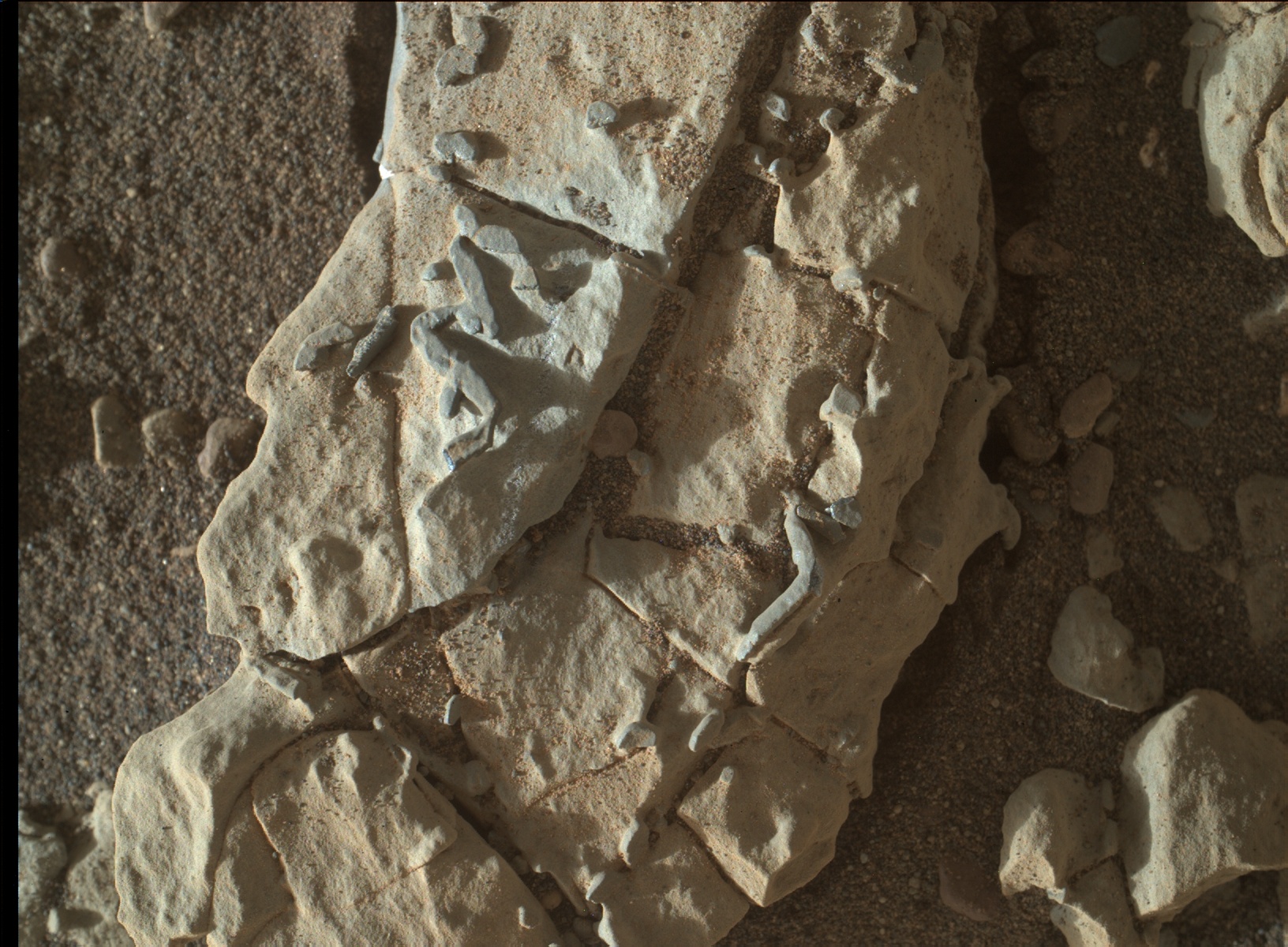
As we enter 2018, NASA’s Curiosity rover continues to be busy exploring on top of Vera Rubin Ridge, on the lower flanks of Mount Sharp. The rover is gradually making its way farther up the flanks, closing in the picturesque foothills in front of it. As it does so, Curiosity has made two new interesting discoveries, which may have implications for the possibility of life.
The first has to do with methane. The gas has been known to exist in the atmosphere in very small quantities for a long time now, but its origin is still unknown. On Earth, by far most of it is produced by microbes, as well as other geological processes. But what about Mars? Theories have included meteors, subsurface geological activity, clathrates, serpentization and microorganisms.
Now a new study of results from the Curiosity rover indicates that the methane levels are seasonal.

“The thing that’s so shocking here is this large variation,” said Chris Webster, who leads the methane-sensing instrument on NASA’s Curiosity rover. “We’re left trying to imagine how we can create this seasonal variation,” said Webster, who is at the Jet Propulsion Laboratory in Pasadena, California.
Curiosity has measured tiny amounts of methane, 0.4 parts per billion (ppb), with occasional spikes up to 0.7-ppb. That’s not a lot, but still about 3 times as much as ordinary seasonality due to CO2 freezing out onto the large southern polar cap, dust storms or levels of UV light should account for. It also therefore makes a biological origin a greater possibility, or the methane may be absorbed and released from pores in surface rocks at rates that depend on temperature.
“You’d expect life to be seasonal,” said Mike Mumma, a planetary scientist at Goddard Space Flight Center in Greenbelt, Maryland.
In 2009, Mumma found evidence for a 45-ppb methane plume using a telescope in Hawaii.
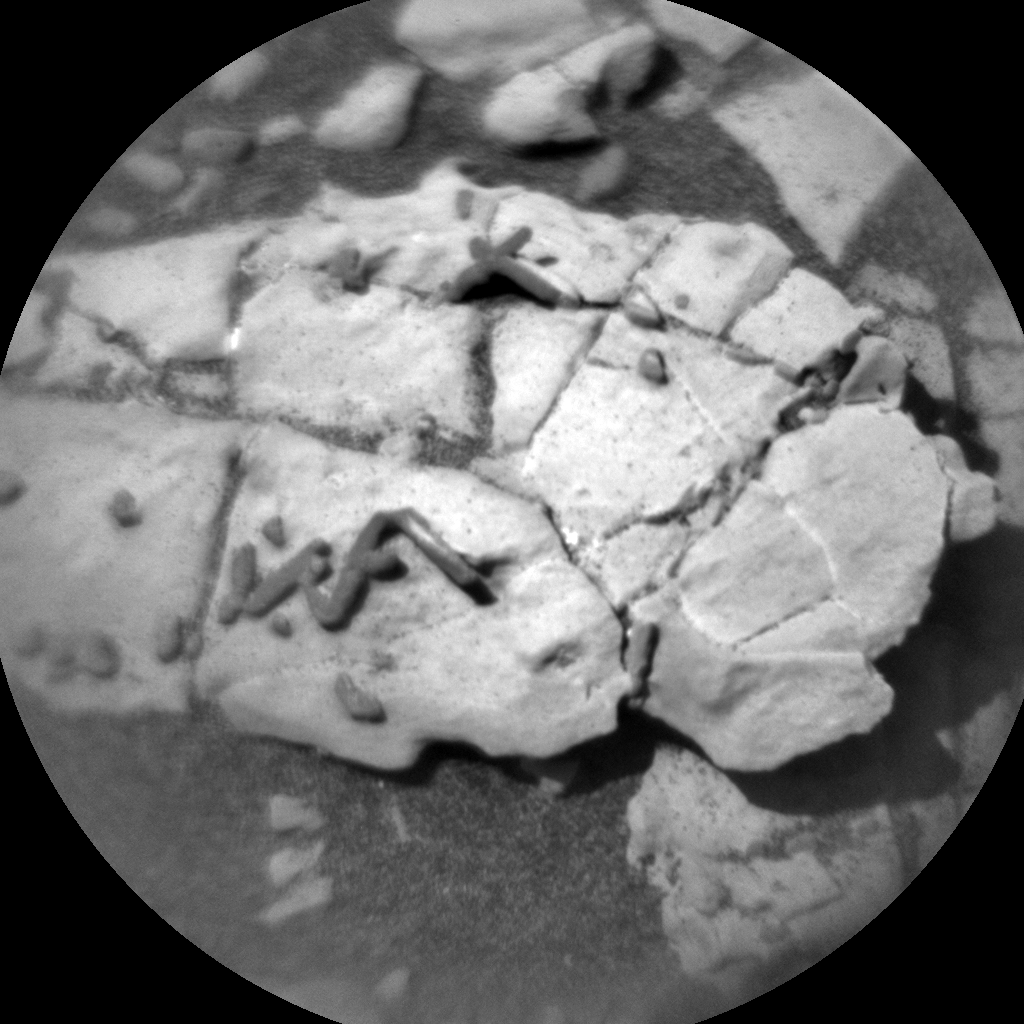
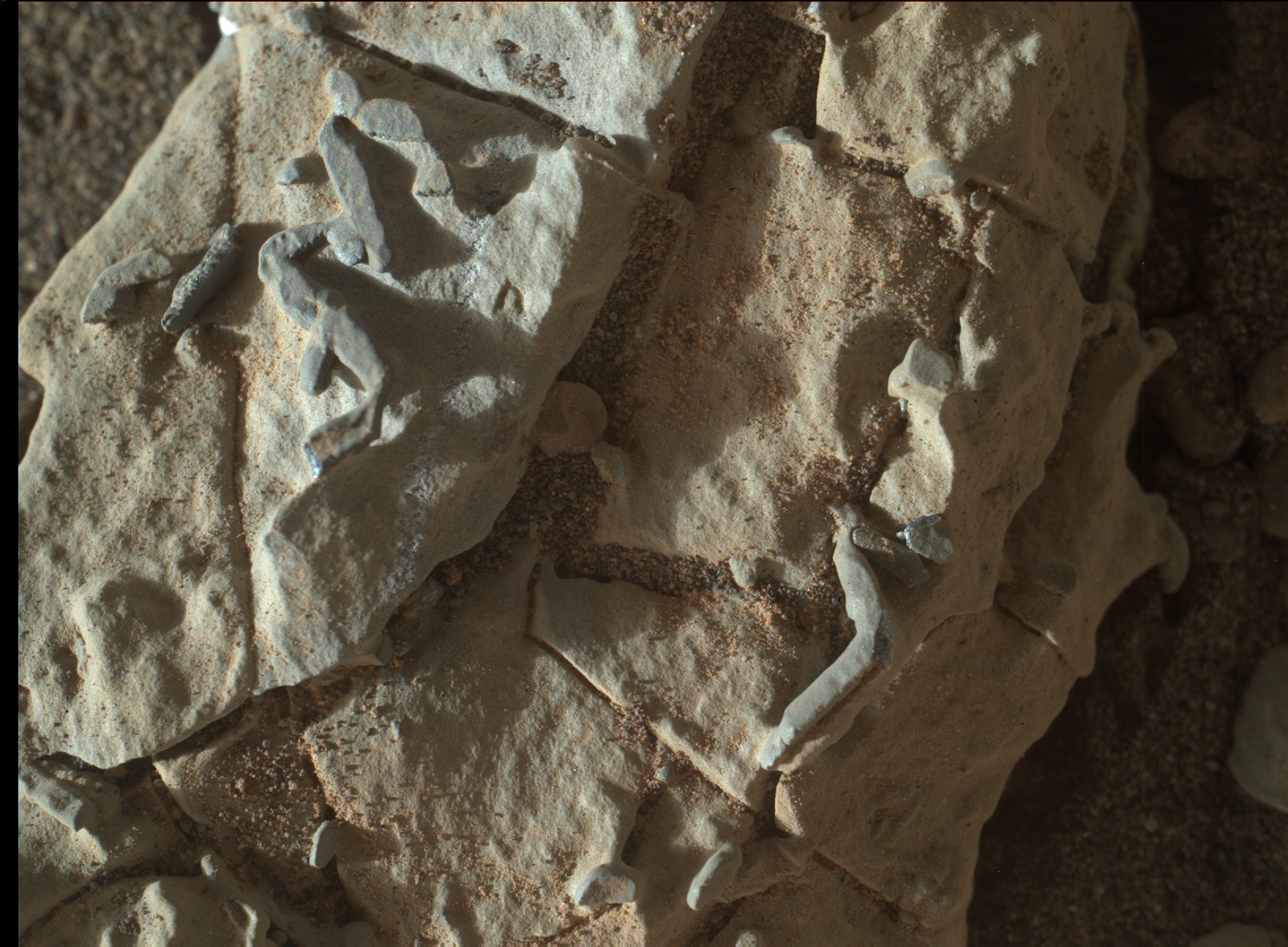
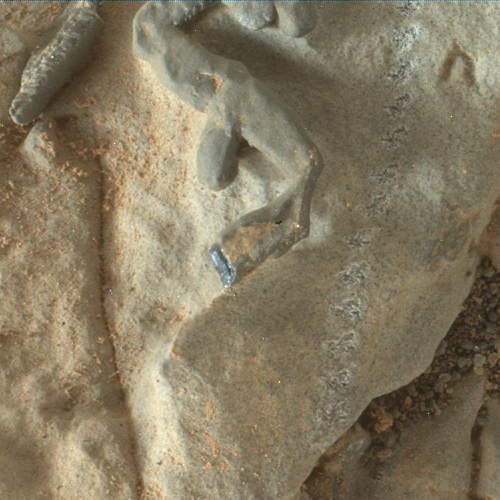
This coming April, the European Space Agency’s ExoMars Trace Gas Orbiter (TGO) will settle into its final orbit to begin science observations, including mapping the amount of methane in the atmosphere across the planet, with increased sensitivity. This should help to further narrow down the possible sources of the methane.
Meanwhile, Curiosity also has discovered some interesting little stick-like or tube-like formations on some of the rocks on Vera Rubin Ridge. How they formed isn’t yet known, but they have sparked some lively discussions. They are tiny, only a few millimeters across. While they are probably geological, such as crystal molds or concretions, their similarity to some types of trace fossils on Earth has also been cautiously suggested by some. They were first seen initially in black-and-white images taken by the rover before it continued onward, but were considered intriguing enough for the rover team to send the rover back for a closer look.
Could they actually be fossils? According to Ashwin Vasavada, project scientist for Curiosity, “We don’t rule it out, but we certainly won’t jump to that as our first interpretation.”
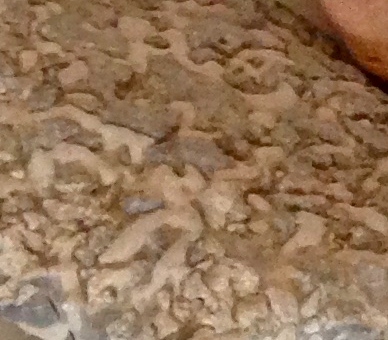
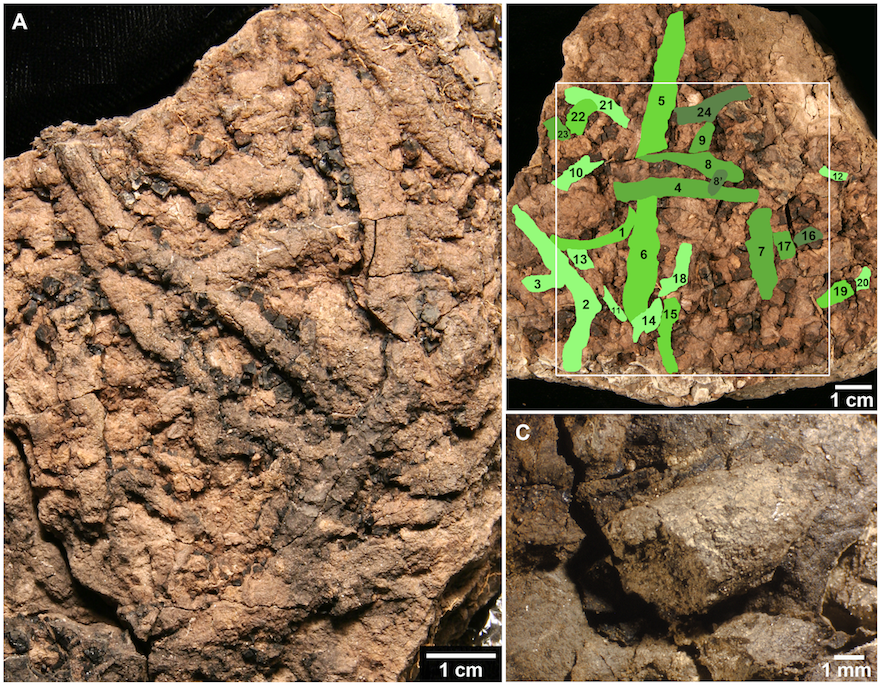
As Pascal Lee, a planetary scientist at NASA Ames, Mars Institute and SETI Institute, told AmericaSpace:
“The Curiosity pic really piques our curiosity. From this picture alone, it’s hard to tell what the wiggly sticks are, and a strictly mineral origin is of course the most plausible. But as a field geologist, when I first saw the pic, the immediate thought that came to my mind is bioturbation. Bioturbation is the process through which organisms living in sediments can disturb the very structure of these sediments. A common example of bioturbation is the formation of worm burrows. The burrows, once refilled with sediments, fossilized, and then exposed by erosion, can end up looking like wiggly sticks.”
Since most scientists think that Martian life, if it existed, probably didn’t evolve past simple single-celled organisms, finding evidence of bioturbation would be surprising.
“Is any of this relevant to Mars? Well, bioturbation at the scale of the features seen in the Curiosity pic would imply macroscopic multicellular organisms at work, so something that would have evolved far beyond unicellular life,” he added. “To claim that we’re seeing bioturbation on Mars – which I did not say – would be an extraordinary claim. I’m reminded of what Carl Sagan would say: ‘Extraordinary claims require extraordinary evidence’. We’d need a lot more evidence than this single Curiosity pic to make any such claim, including evidence that allows ruling out less extraordinary claims. But I have to say, the pic is really intriguing, and I hope Curiosity spends more time in the area to get to the bottom of this. This is exciting!”
FOLLOW AmericaSpace on Facebook!
SaveSave




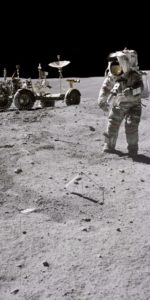
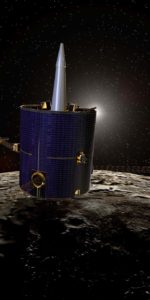
A beautiful and interesting looking place; let’s see, an atmosphere with seasonal variability including methane levels, a 24 hour day, dust devils, polar caps, storms, clouds, sedimentary rocks, glaciers, fossil river deltas, millions of square miles of sand dunes and yardings carved by the wind…except don’t be fooled, Mars is just a “cratered surface…shaped primarily by impact and volcanism” merely “an overgrown Moon” according to Dr. Paul Spudis.
According to Spudis, guys like me “think we can just go there, pitch our tent, pop open a beer and watch the sunset”. Who knew. Argument to a straw-man, that’s a familiar tactic employed by the usual suspects.
se jones,
As the world waits for the FH 9 to launch and explode just above the tower so as to prove we really do not have a means to get to Mars…There are sure a lot of people working on infrastructure for working on the planet and even a group that thinks they can hibernate the astronauts to get there…Certainly after a few more years of the Trump Administration I am pretty sure there will be big demand to get off Earth as the chickens come home to roost from exposing all of the corruption that occurs in DC…
This is interesting, but it would be interesting to know the type of rock this was found in. In certain circumstances, I suppose these tubes could have been underground. Should liquid water, maybe a mildly acidic water compound, have bubbled up into this rock and is was composed of calcium carbonate, the tubes could be tracks of escaping carbon dioxide. The wiggly parts are the slightly pressurized gas finding the weakest points in the underground location to escape into the atmosphere. Some scenario like that would be my first guess.
Jvino:
The Vera Rubin Ridge unit the rover is on now, is sedimentary rock formed by suspension fallout in deep, still, oxygenated water as indicated by the rock morphology (laminations) and chemistry. And yes, the most likely explanation is the “sticks” are filled desiccation cracks (filled by precipitation from the unit above, not “bubbling up”). Based on the shiny, metallic look of the broken off tube (image above) and the local hematite formation, iron oxide is a good candidate for the material filling the “sticks”.
But, what created the features in the first place is mysterious, they resemble terrestrial bioturbation tracks more than more angular common desiccation cracks. A couple of field geologist/biochemists could solve this puzzle in an afternoon, no doubt leading to several more even deeper mysteries. Of course, Mars field scientists must first “pitch our tent, pop open a beer and watch the sunset” ;-/
se jones
Thank you for that very scientific explanation… To me it looks like animal excrement.
According to pic, the Mars now looks like a desert.Initial forms of life might have started.The life to be developed on the Mars soil, vegetation is a Key factor.we see no vegetation in pic.Over the time adverse conditions terminated initial development of life .